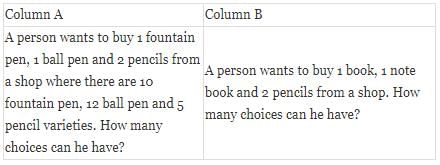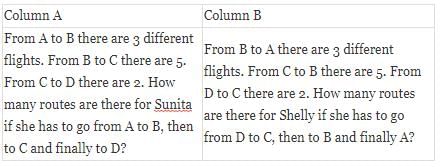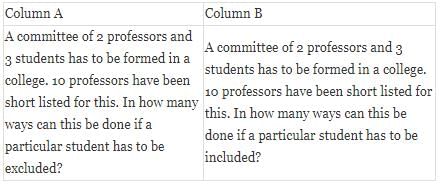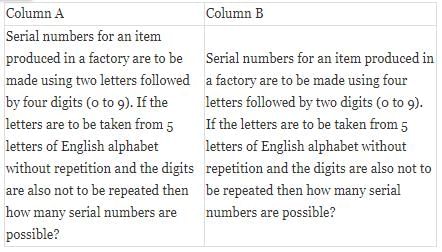GRE Exam > GRE Tests > Section-wise Tests for GRE > Test: Quantitative Comparison- 2 - GRE MCQ
Test: Quantitative Comparison- 2 - GRE MCQ
Test Description
15 Questions MCQ Test Section-wise Tests for GRE - Test: Quantitative Comparison- 2
Test: Quantitative Comparison- 2 for GRE 2024 is part of Section-wise Tests for GRE preparation. The Test: Quantitative Comparison- 2 questions and answers have been
prepared according to the GRE exam syllabus.The Test: Quantitative Comparison- 2 MCQs are made for GRE 2024 Exam. Find important
definitions, questions, notes, meanings, examples, exercises, MCQs and online tests for Test: Quantitative Comparison- 2 below.
Solutions of Test: Quantitative Comparison- 2 questions in English are available as part of our Section-wise Tests for GRE for GRE & Test: Quantitative Comparison- 2 solutions in
Hindi for Section-wise Tests for GRE course. Download more important topics, notes, lectures and mock
test series for GRE Exam by signing up for free. Attempt Test: Quantitative Comparison- 2 | 15 questions in 30 minutes | Mock test for GRE preparation | Free important questions MCQ to study Section-wise Tests for GRE for GRE Exam | Download free PDF with solutions
| 1 Crore+ students have signed up on EduRev. Have you? Download the App |
Test: Quantitative Comparison- 2 - Question 7
P and Q take 4 hours to complete a task. P, Q, and R take 2 hours to complete the task.

Detailed Solution for Test: Quantitative Comparison- 2 - Question 7
Detailed Solution for Test: Quantitative Comparison- 2 - Question 8
Detailed Solution for Test: Quantitative Comparison- 2 - Question 15
|
30 tests
|
Information about Test: Quantitative Comparison- 2 Page
In this test you can find the Exam questions for Test: Quantitative Comparison- 2 solved & explained in the simplest way possible.
Besides giving Questions and answers for Test: Quantitative Comparison- 2, EduRev gives you an ample number of Online tests for practice




































